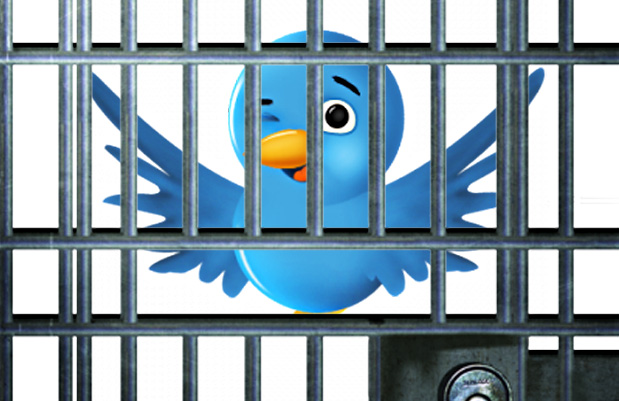
News has been spreading that Facebook is working on a little something called “Facebook at Work”, a platform that will allow users to collect their thoughts in groups, chat, and collaborate on documents. It will have a newsfeed too, but will not allow access to private profiles.
Currently, Facebook already has a groups feature, which allows group members to work collaboratively by uploading documents and revisions as well as commenting and liking posts made in the group. This feature is very popular among university students like myself to organize group projects or stay connected with clubs and friend groups. Facebook at work would become more tailored to companies – the question is, will it work? The move would launch them into competition directly with LinkedIn’s social network and Google Drive, a very successful online document collaboration tool.

My main concern is not with the usefulness of the new service – I’m sure it would add value to companies if integrated. However, Facebook is seen as more of a personal social network, and being on Facebook at work is generally looked down upon – it is a distraction, and lowers productivity. The core of Facebook remains that it is a social networking site. How will Facebook attempt to integrate into workplaces without resistance from managers? The launch date has not been confirmed, but it will be very interesting to see how Facebook handles this challenge.
 Facebook has made it even harder for marketers who write ads on Facebook. New rules announced by Facebook state that all posts deemed “too promotional” will not allowed to be posted. These posts include:
Facebook has made it even harder for marketers who write ads on Facebook. New rules announced by Facebook state that all posts deemed “too promotional” will not allowed to be posted. These posts include:




